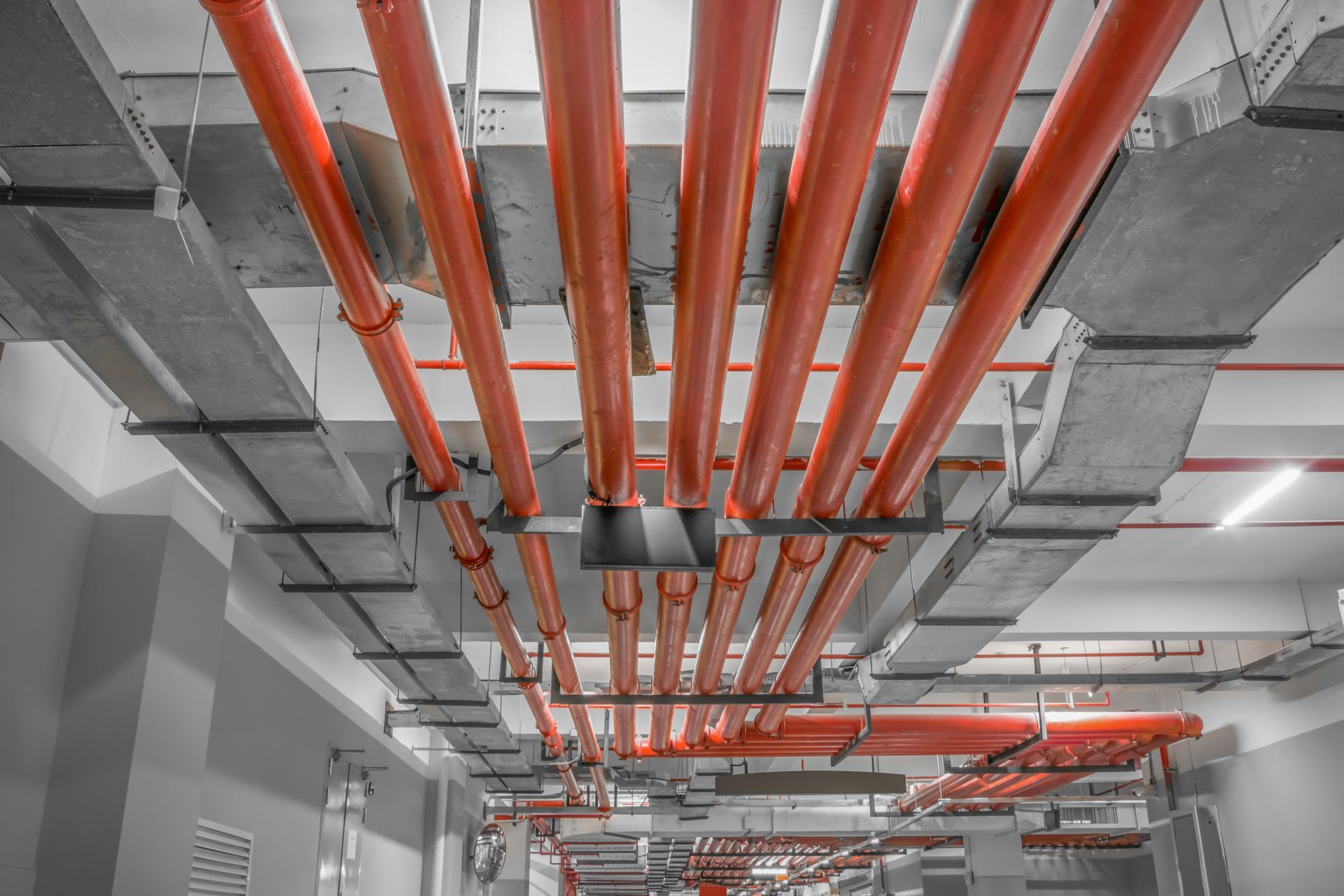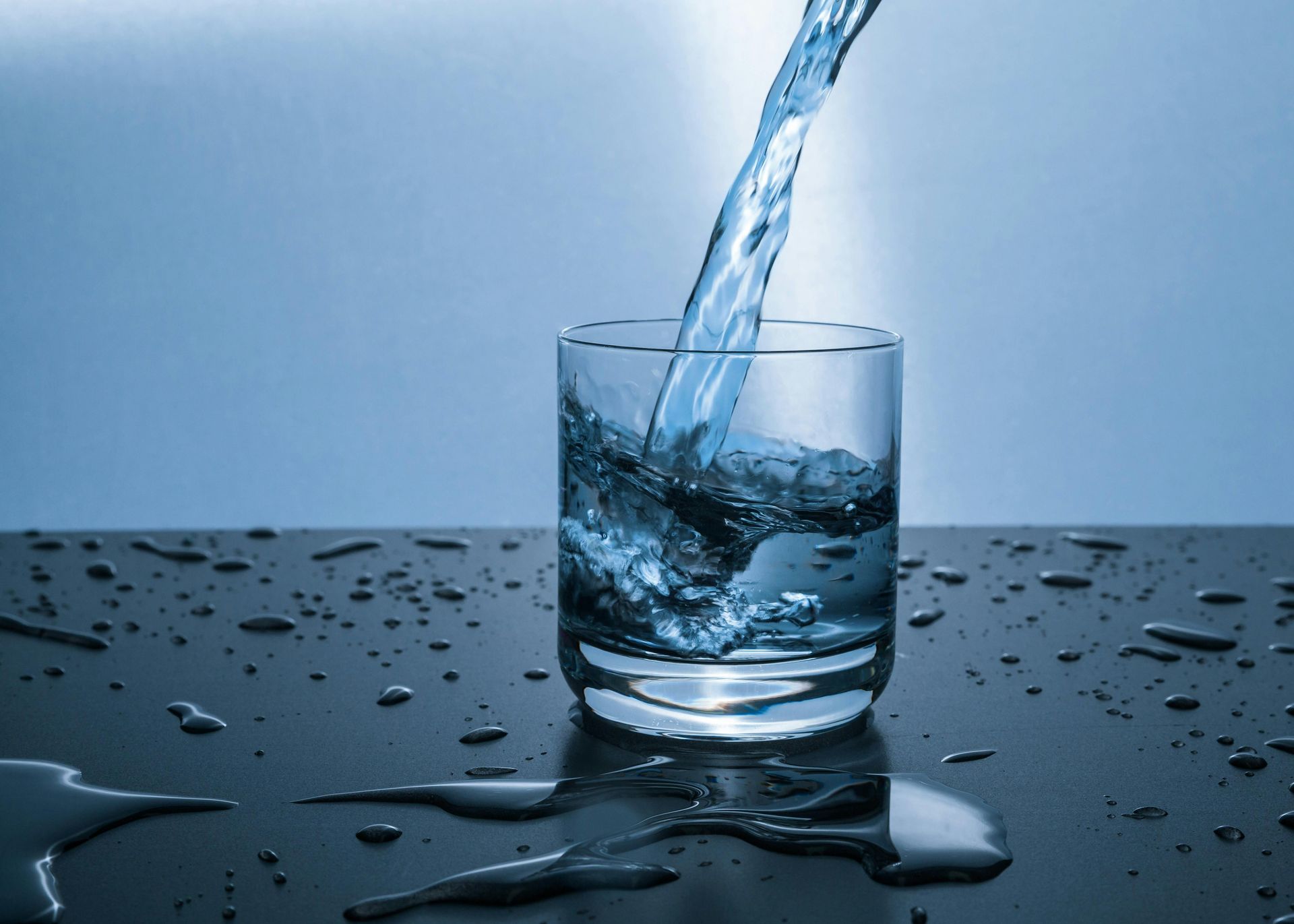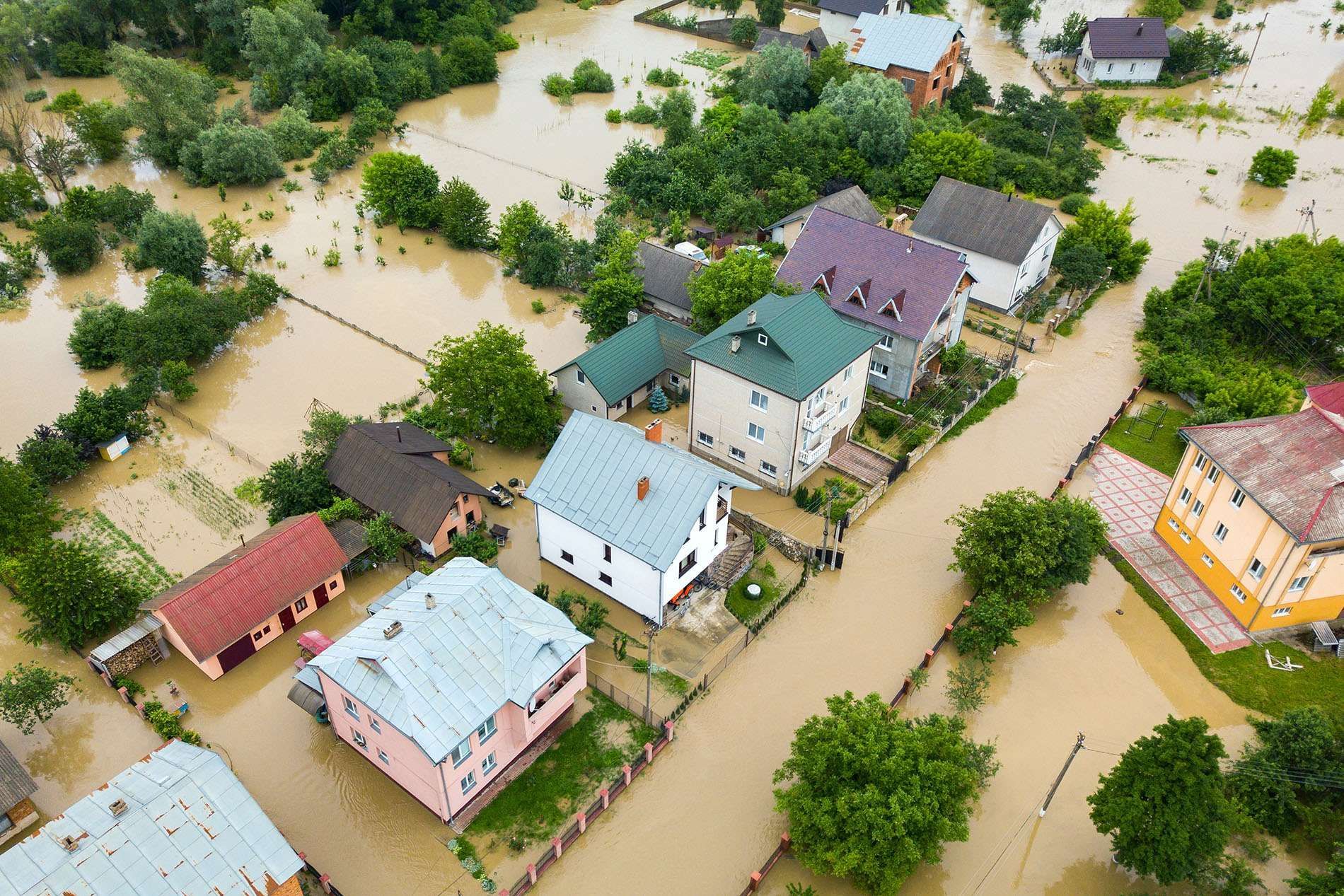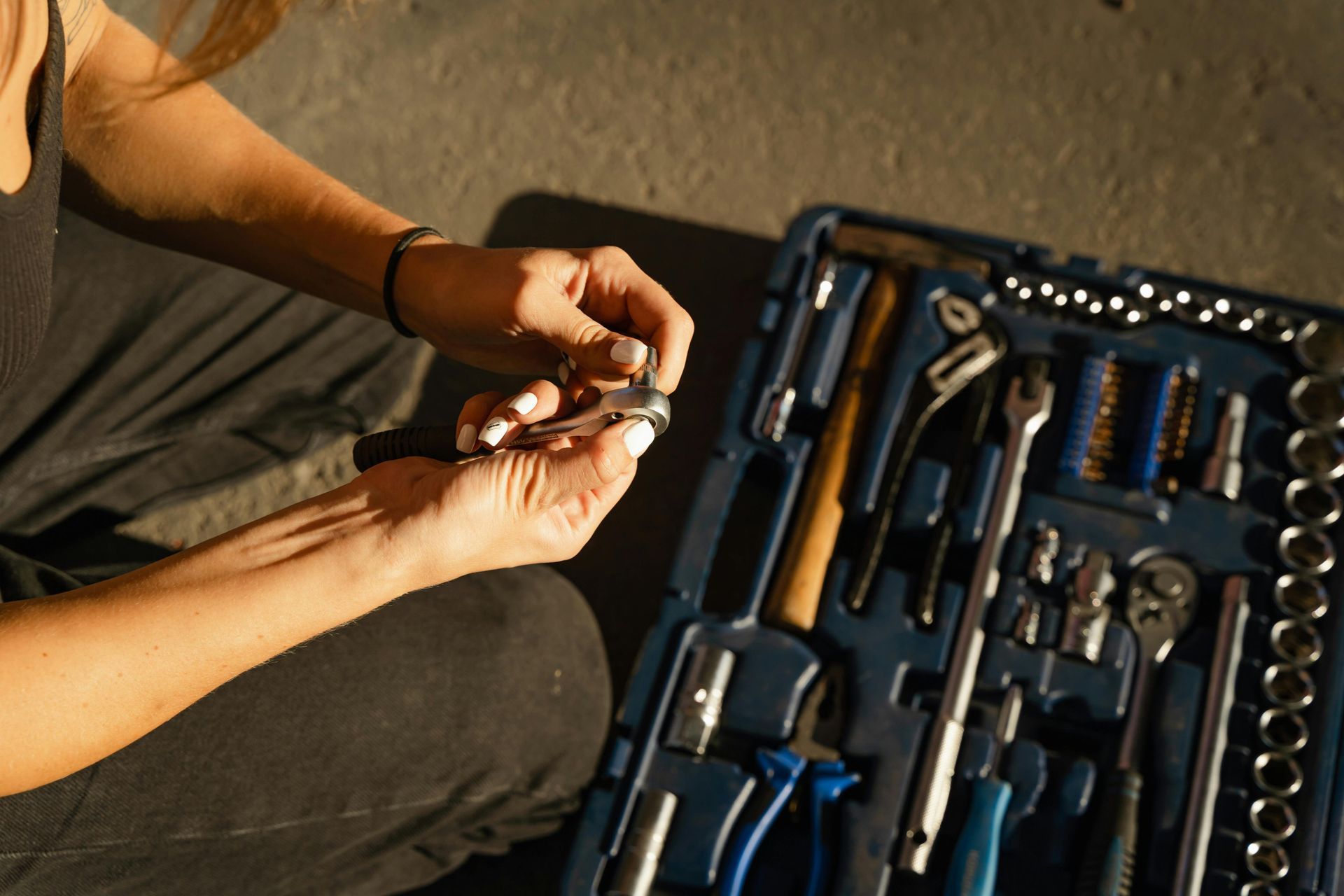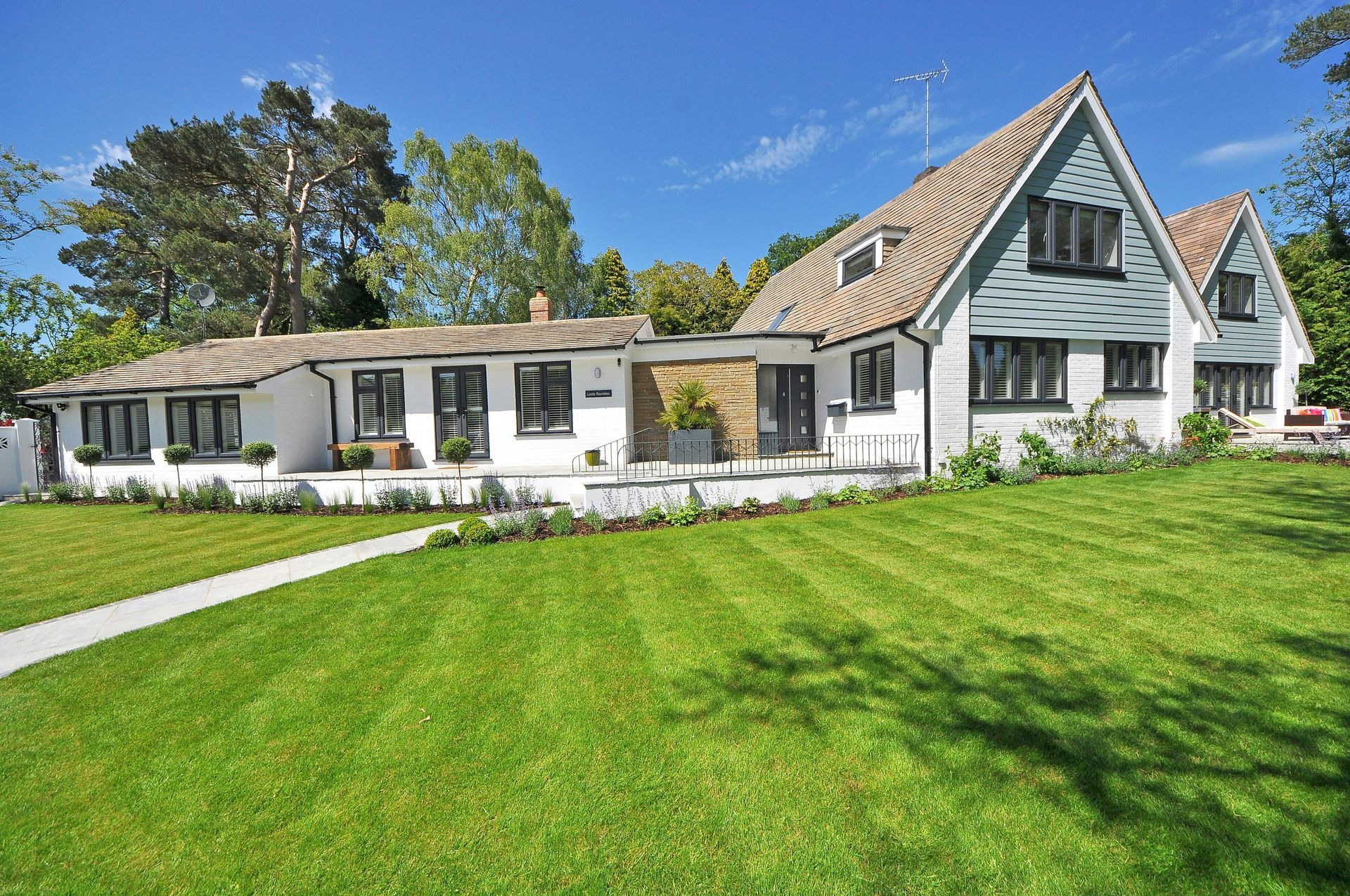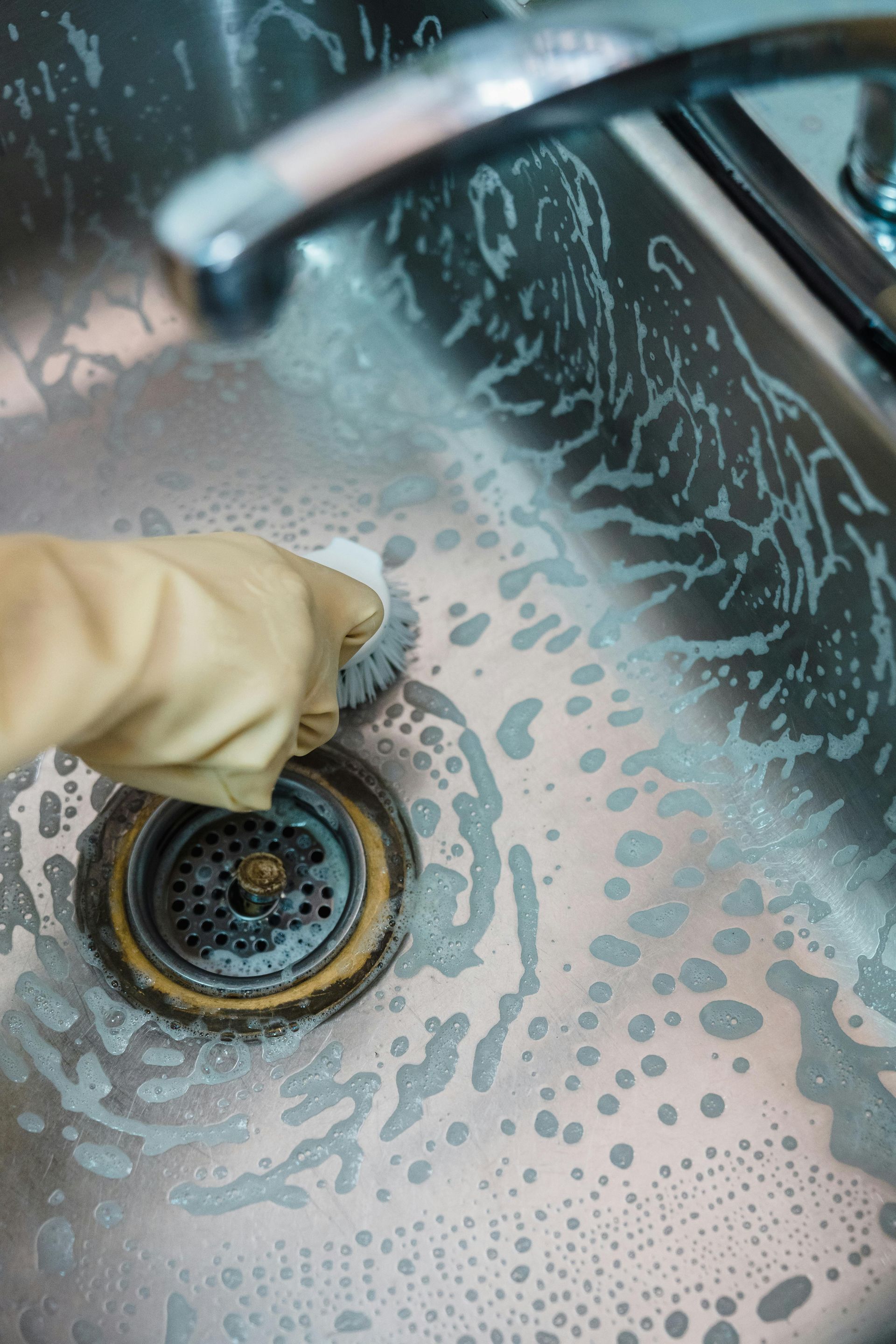Why Is My Water Pressure Low? A Comprehensive Guide to Common Causes and Solutions
Low water pressure can be an inconvenience that disrupts your daily routine, from showering to dishwashing. Whether you're dealing with weak water flow or inconsistent pressure, understanding the root cause can help restore your water system’s functionality. This guide explores the common reasons for low water pressure and how to address them effectively.
What to Do If Your Water Isn’t Getting Hot Enough
What Is Normal Water Pressure?
Before identifying the causes of low water pressure, it's crucial to understand what normal water pressure should be. Typically, residential water pressure ranges between 40 and 60 psi (pounds per square inch). Anything below 40 psi may result in reduced water flow, while pressures exceeding 60 psi could stress your plumbing system.
Common Causes of Low Water Pressure
1. Clogged Pipes
Over time, sediment, rust, and mineral deposits can accumulate in your pipes, especially if you have hard water. These build-ups gradually narrow the pipe diameter, restricting water flow and reducing pressure. If not addressed, clogged pipes can lead to significant blockages, exacerbating the problem.
2. Leaky Pipes
Leaks can significantly impact water pressure. Even a small leak somewhere in your water line means less water is reaching your fixtures. Leaks are often difficult to detect, especially if they occur underground or behind walls. You might notice damp spots on the ground, walls, or ceilings, but professional assistance is often required to detect hidden leaks.
3. Corroded Pipes
Older homes often have galvanized steel or iron pipes, which are prone to corrosion over time. As corrosion builds up, the interior of the pipes becomes rough and constricted, leading to poor water flow. Corrosion not only affects water pressure but also impacts water quality, making replacement or repair essential.
4. Partially Closed Valves
Water main valves, shutoff valves, and other control valves in your home should be fully open to maintain proper water pressure. If a valve is partially closed or accidentally left ajar after a repair or maintenance, it can restrict water flow and reduce pressure throughout your home.
5. Faulty Pressure Regulator
A pressure regulator, also known as a pressure-reducing valve (PRV), ensures your home's water pressure stays within safe levels. If this device malfunctions, you may experience low pressure or even excessively high pressure. A faulty pressure regulator usually requires replacement to restore normal water pressure.
6. Municipal Water Supply Issues
Sometimes the problem isn't with your plumbing system but with the municipal water supply. Local water systems can experience maintenance issues, broken water mains, or temporary water reductions, which can all impact your home's water pressure. Contact your local water provider to confirm if they're experiencing any issues.
7. Peak Water Usage Times
If you notice that your water pressure dips during certain times of the day, it could be due to peak water usage. Early mornings or evenings, when everyone is using water for showers, laundry, and dishwashing, can strain the system and reduce pressure temporarily.
8. Water Meter Issues
Some homes have water meters that can unintentionally restrict water flow if they're malfunctioning or incorrectly sized. If your water meter is old or faulty, it can cause pressure problems. In such cases, you may need a replacement from your water supplier.
9. Limescale Buildup
Hard water can cause limescale buildup in pipes, faucets, and showerheads. This calcium deposit reduces the diameter of the pipes and fixtures, resulting in lower water pressure. Descaling solutions or professional cleaning may help restore proper flow.
10. Problems with Your Water Pump
For homes relying on a well system, the water pressure could be affected by a malfunctioning or failing water pump. If the pump isn't working efficiently, it may struggle to deliver the necessary pressure to the water system, especially in multi-story homes.
11. Shared Water Supply Lines
In some neighborhoods, multiple homes share the same main water supply line. If many homes are using water simultaneously, it can lead to a drop in pressure. Upgrading your pipes or installing a pressure-boosting system could be a solution if shared lines are causing issues.
12. Broken Water Mains
If there's a break in the water main leading to your property, you may experience reduced water pressure or a complete loss of water. Water main breaks are typically caused by freezing temperatures, old infrastructure, or nearby construction, and fixing them usually requires municipal intervention.
13. Pressure Tank Problems (Well Water Systems)
Homes using well water systems may experience low pressure due to pressure tank issues. The pressure tank regulates the water flow from the well to your home. If the tank isn’t functioning properly or if air builds up in the tank, it can result in reduced pressure.
Risks of Ignoring Low Water Pressure
Low water pressure might seem like a minor inconvenience, but neglecting it can lead to serious problems over time:
- Increased wear on appliances: Low water pressure can put stress on appliances like dishwashers, washing machines, and water heaters, leading to inefficient performance and higher energy bills.
- Worsening pipe damage: If the cause is due to leaks, corrosion, or clogs, leaving the issue untreated can result in further damage to your pipes, ultimately leading to costly repairs.
- Health risks: If the low water pressure is caused by contaminated water or corroded pipes, it can affect your water quality, potentially posing health risks for your family.
Solutions for Restoring Water Pressure
- Check for leaks: Perform a thorough inspection of your home for visible leaks. For hidden leaks, consider hiring a plumber to use advanced detection methods.
- Clean or replace aerators: Mineral deposits can clog faucet aerators, so unscrewing and cleaning or replacing them may help improve water flow.
- Clear clogs: If you suspect a clogged pipe, use drain cleaners or call a professional plumber to clear the blockage.
- Replace old pipes: If corrosion or old materials are the issue, repiping may be the best solution to restore proper water pressure.
- Adjust the pressure regulator: If your home has a PRV, it might need adjusting or replacement to regulate the water pressure effectively.
- Install a water pressure booster: In homes with chronically low pressure due to shared lines or elevation, a water pressure booster can help increase flow to meet your needs.
Common Causes of Low Water Pressure and Solutions At a Glance
| Cause | Symptoms | Solutions |
|---|---|---|
| Clogged Pipes | Reduced water flow, slow drainage | Pipe cleaning, repiping |
| Leaky Pipes | Water spots, increased bills | Leak detection, pipe repair |
| Corroded Pipes | Discolored water, low pressure | Pipe replacement |
| Partially Closed Valves | Inconsistent pressure | Check and open all valves |
| Faulty Pressure Regulator | Fluctuating water pressure | Replace or adjust regulator |
| Municipal Water Issues | Neighborhood-wide low pressure | Contact local water supplier |
| Limescale Buildup | Slow faucet or showerhead flow | Clean or replace fixtures |
| Well Pump Problems | Weak pressure, especially on higher floors | Pump repair or replacement |


